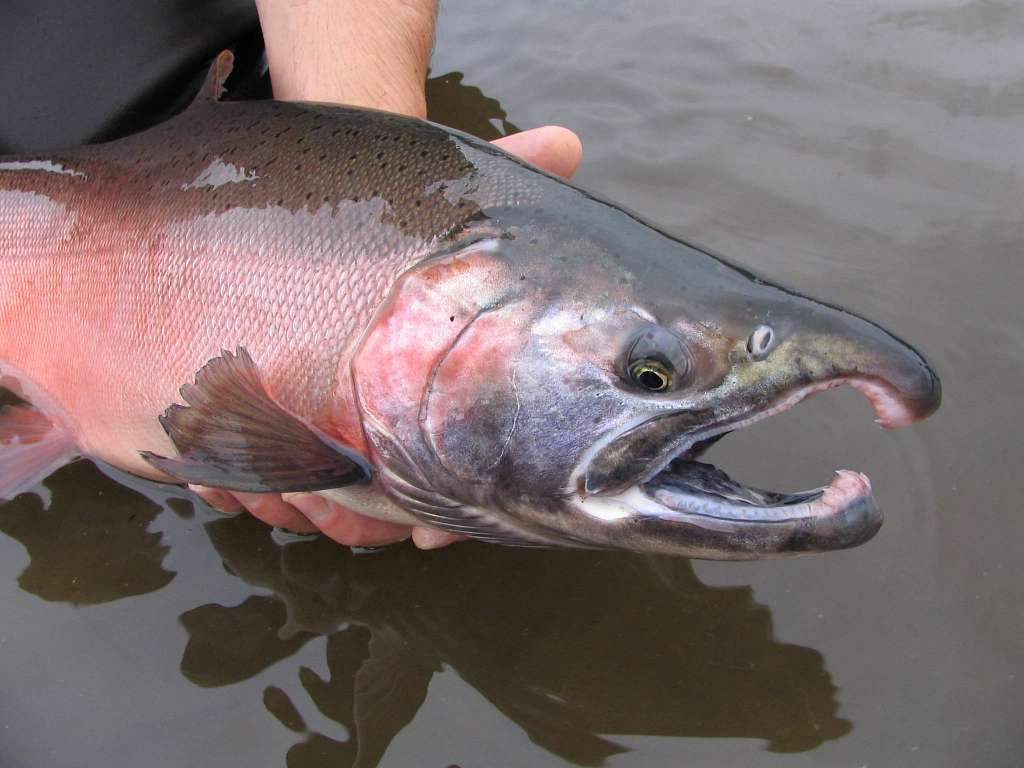Oncorhynchus kisutch

Habitat, Diet & Status
Habitat: Coastal rivers and streams with clean gravel beds and cool, well-oxygenated water; nearshore ocean environments during adult life stages
ESA Status: Threatened (Oregon Coast Evolutionarily Significant Unit)
Diet: Juveniles feed on aquatic insects and plankton; adults consume smaller fish and marine invertebrates
Coho salmon are anadromous fish—born in freshwater, they migrate to the ocean to grow, then return to their natal streams to spawn. In Oregon, young coho spend about a year in rivers before heading out to sea. After one to two years in the Pacific, they return inland to reproduce. This journey is not only vital for their own life cycle but also transfers rich marine nutrients upstream into freshwater and forest ecosystems.
The Message and the Watershed
Coho populations have declined due to habitat destruction, blocked migration routes, and polluted runoff. Dams, culverts, and roads interfere with access to spawning grounds, while logging, development, and agricultural practices have degraded the quality of spawning and rearing habitats. Urban runoff, including toxic chemicals from tire wear, has become an emerging threat to their survival.
The decline of coho salmon disrupts more than just a species—it affects bears, birds, forests, and the very health of river systems. Their carcasses nourish riparian ecosystems and contribute to nutrient cycling that benefits plants and animals alike. Coho also hold deep cultural importance for Indigenous communities, symbolizing resilience, generosity, and the sacred relationship between land and water.
What You Can Do: Support restoration projects that remove migration barriers and replant streamside forests. Stay informed about local water management and development issues. Participate in community science efforts to monitor stream health and salmon return cycles.
